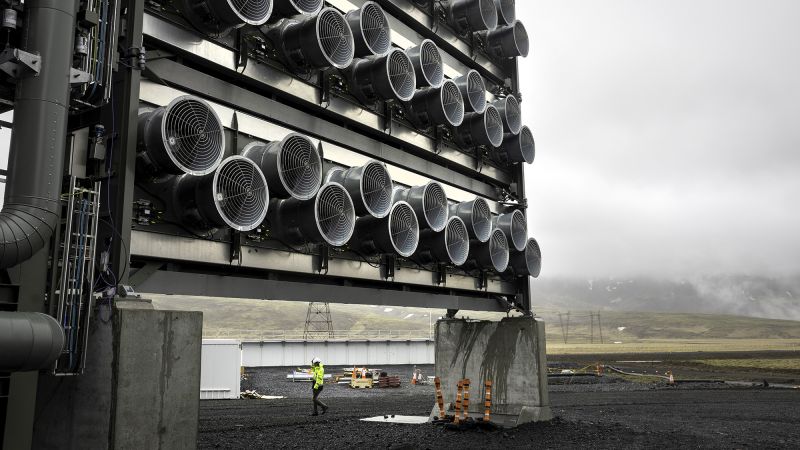Iceland's Carbon Capture Pioneer Faces Layoffs as Climate Funding Dries Up Under Trump

In a stark reminder of the fragility of climate tech innovation, Carbfix, the Icelandic company pioneering direct air capture (DAC) technology, is facing significant layoffs. The company, which operates two large-scale plants in Iceland that essentially act as giant vacuum cleaners, removing carbon dioxide directly from the atmosphere, is cutting 20% of its workforce. This decision comes as the Trump administration significantly reduces funding for climate research and initiatives.
The Promise of Direct Air Capture
Direct air capture is a burgeoning field with the potential to play a crucial role in combating climate change. Unlike carbon capture technologies that focus on emissions from specific sources like power plants, DAC can remove CO2 from anywhere in the atmosphere, regardless of origin. Carbfix’s approach is particularly innovative. It utilizes geothermal energy to power its plants and then combines the captured CO2 with water and injects it underground, where it reacts with basalt rock and mineralizes into stone – a permanent and safe storage solution.
The two plants in Iceland, located in Hellisheiði and Svartsengi, have demonstrated the feasibility of this technology on a scale previously unseen. They’ve successfully captured and mineralized thousands of tons of CO2, proving that large-scale atmospheric carbon removal is not just a theoretical possibility but a tangible reality. The process has garnered significant attention and investment, hailed as a potential game-changer in the fight against global warming.
Impact of Funding Cuts
However, the recent announcement of layoffs at Carbfix highlights the vulnerability of these nascent technologies to political shifts and funding fluctuations. The Trump administration’s decision to slash climate funding – including cuts to research grants and international climate agreements – has created a challenging environment for companies like Carbfix that rely on government support and incentives.
While Carbfix has secured some private investment, the scale of the climate challenge requires substantial public funding to accelerate the development and deployment of DAC technologies. The loss of government support significantly hampers the company's ability to expand its operations and continue its vital research.
Looking Ahead
Despite this setback, Carbfix remains optimistic about the future of direct air capture. The company is actively exploring new partnerships and seeking alternative funding sources. The underlying technology remains promising, and the growing global awareness of the urgency of climate action suggests that demand for carbon removal solutions will only increase in the coming years.
The situation at Carbfix serves as a cautionary tale for the climate tech sector. It underscores the need for diversified funding models and the importance of long-term policy support to ensure the continued development and deployment of innovative technologies that are essential for addressing the climate crisis. The world needs these technologies, and the short-sightedness of current political decisions could significantly delay progress toward a sustainable future. The hope remains that future administrations will recognize the critical role of climate innovation and provide the necessary support to unlock its full potential.






